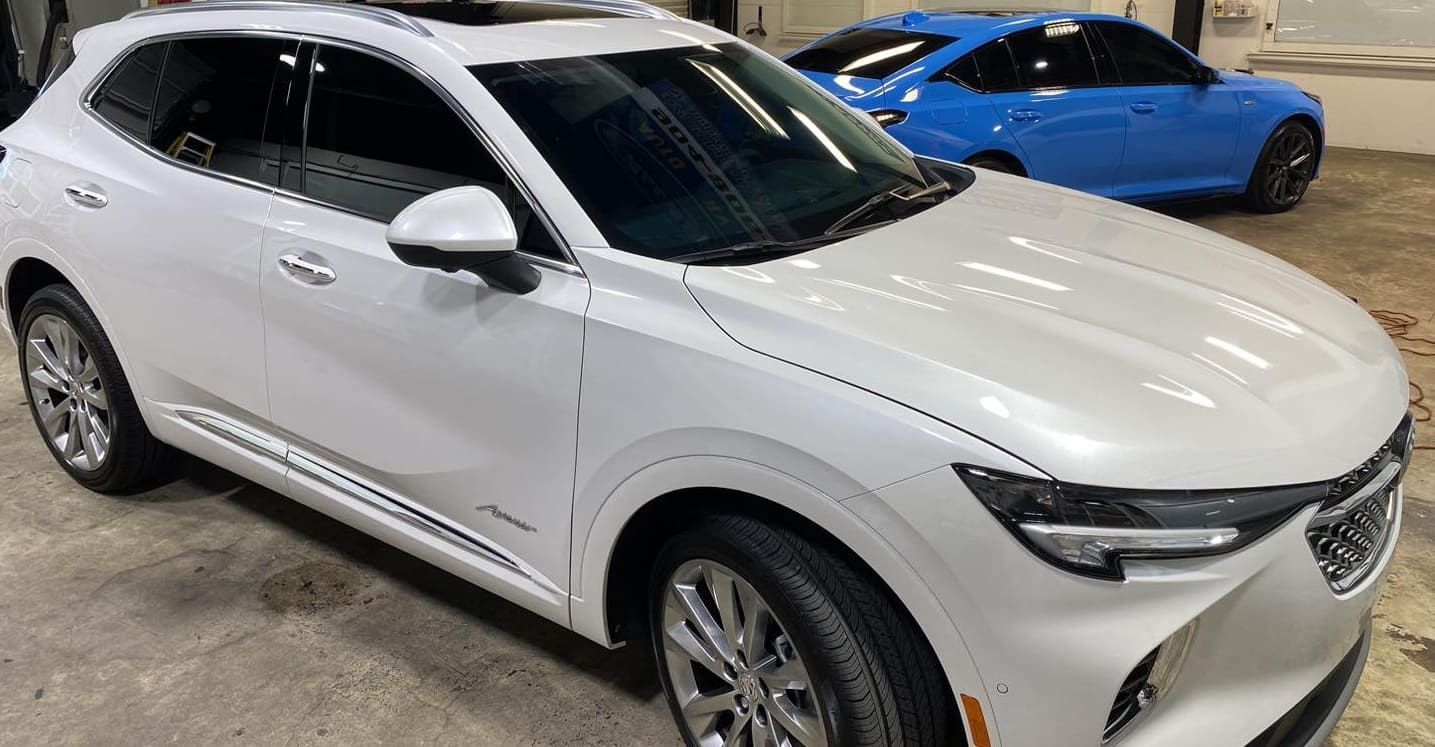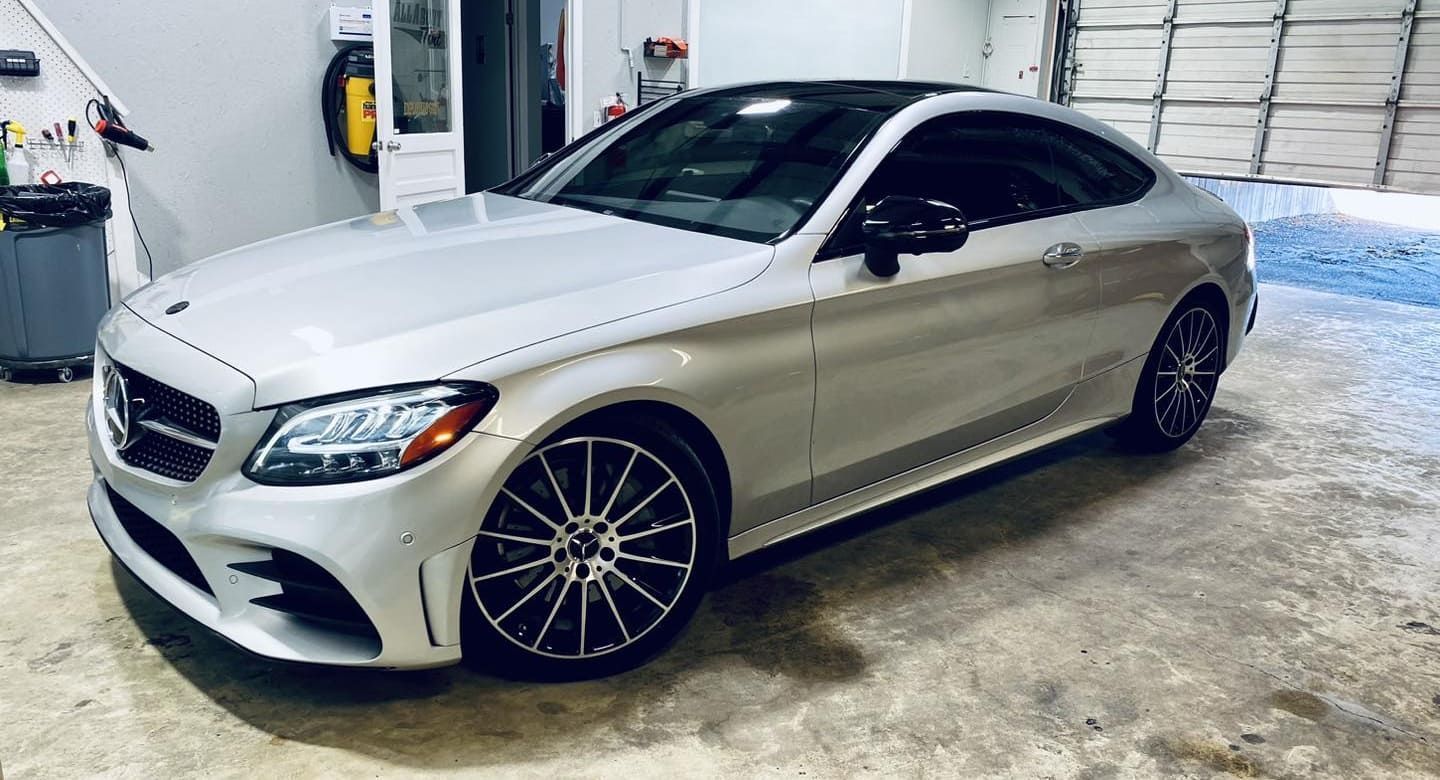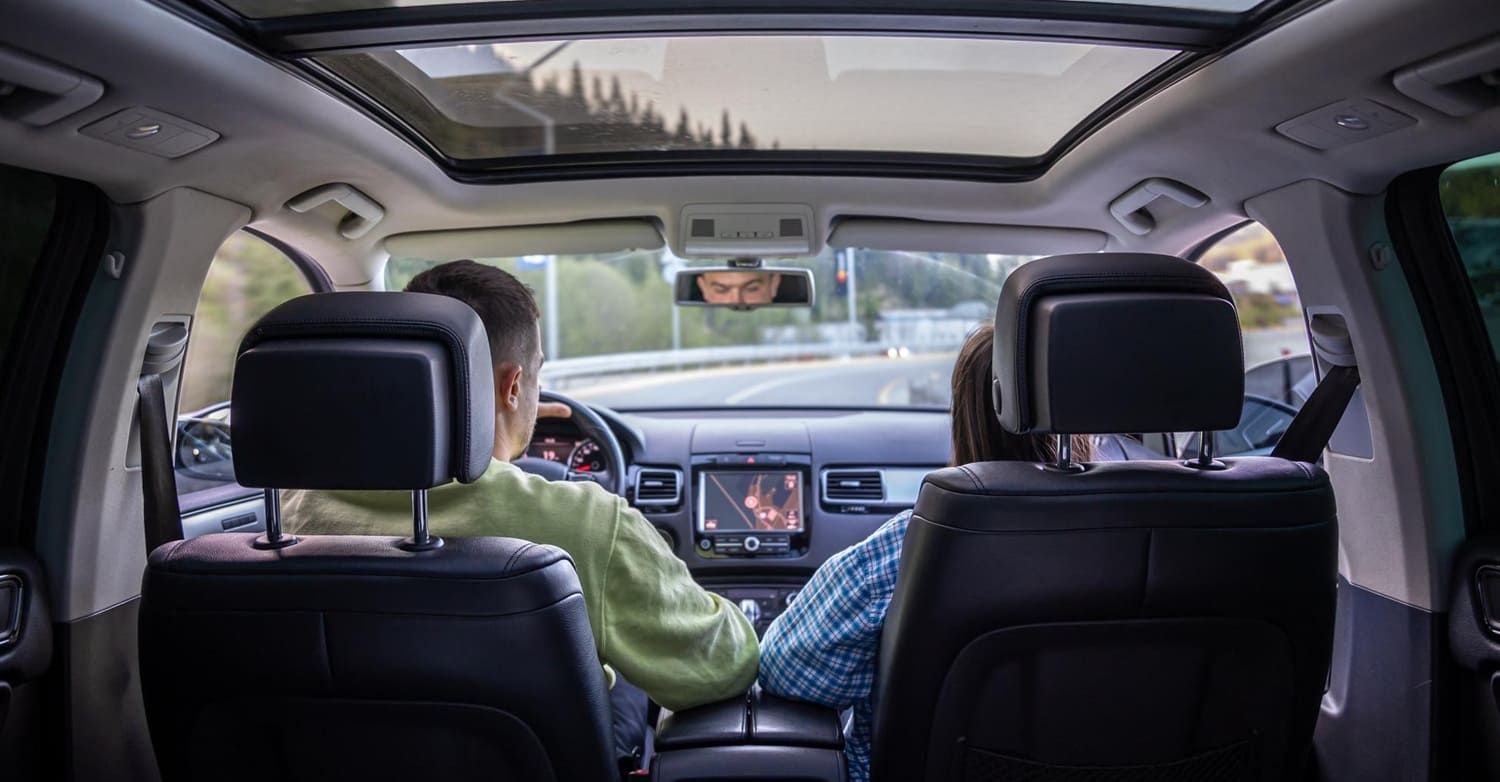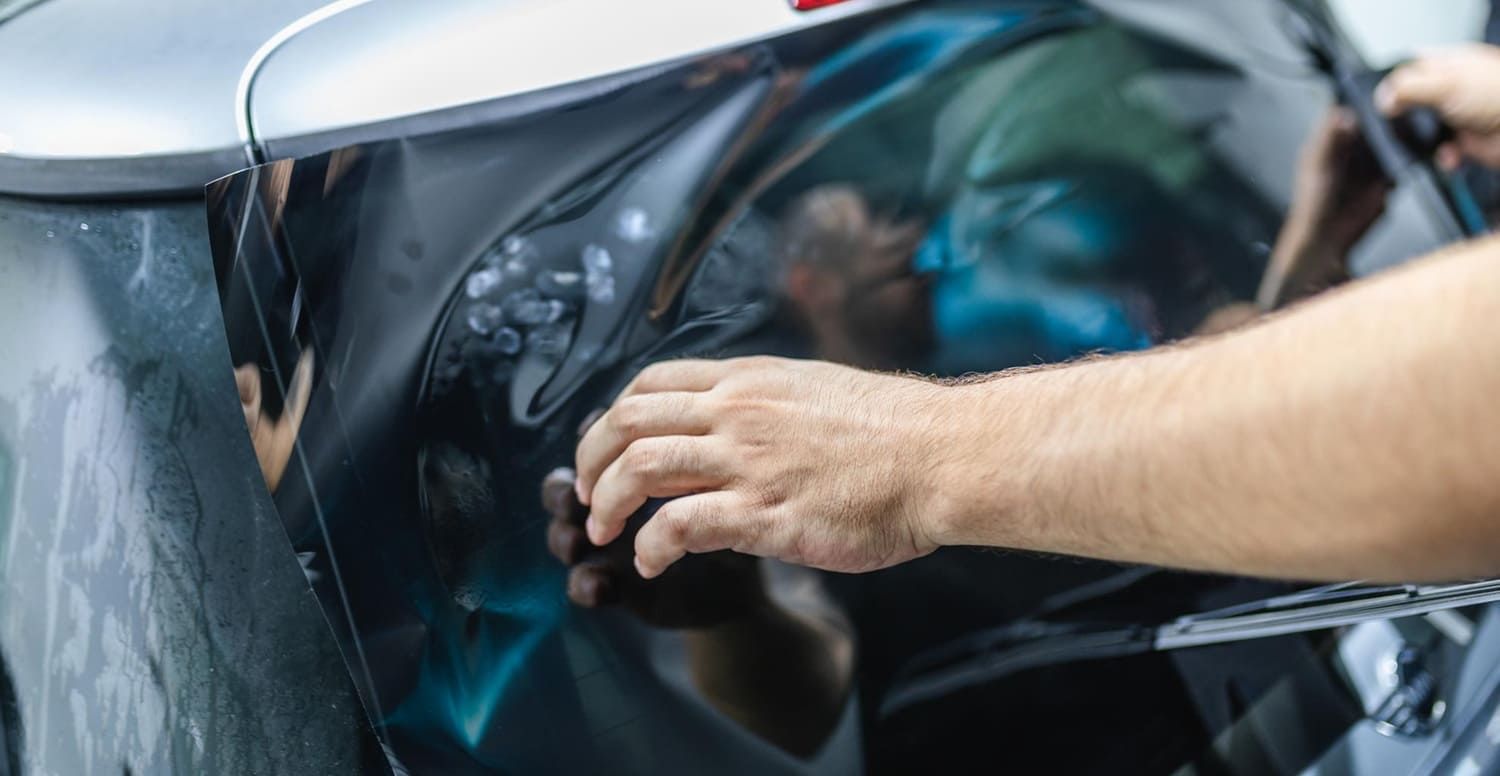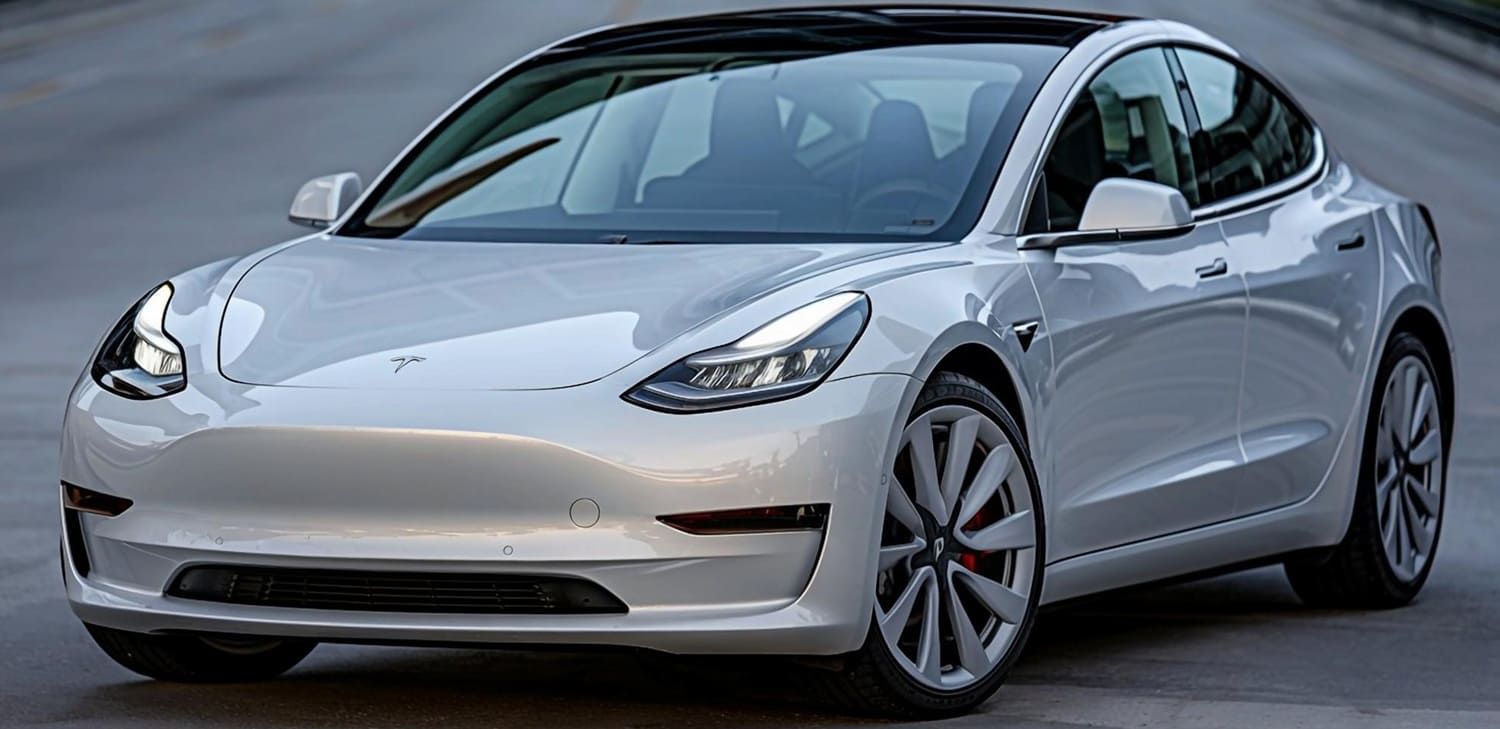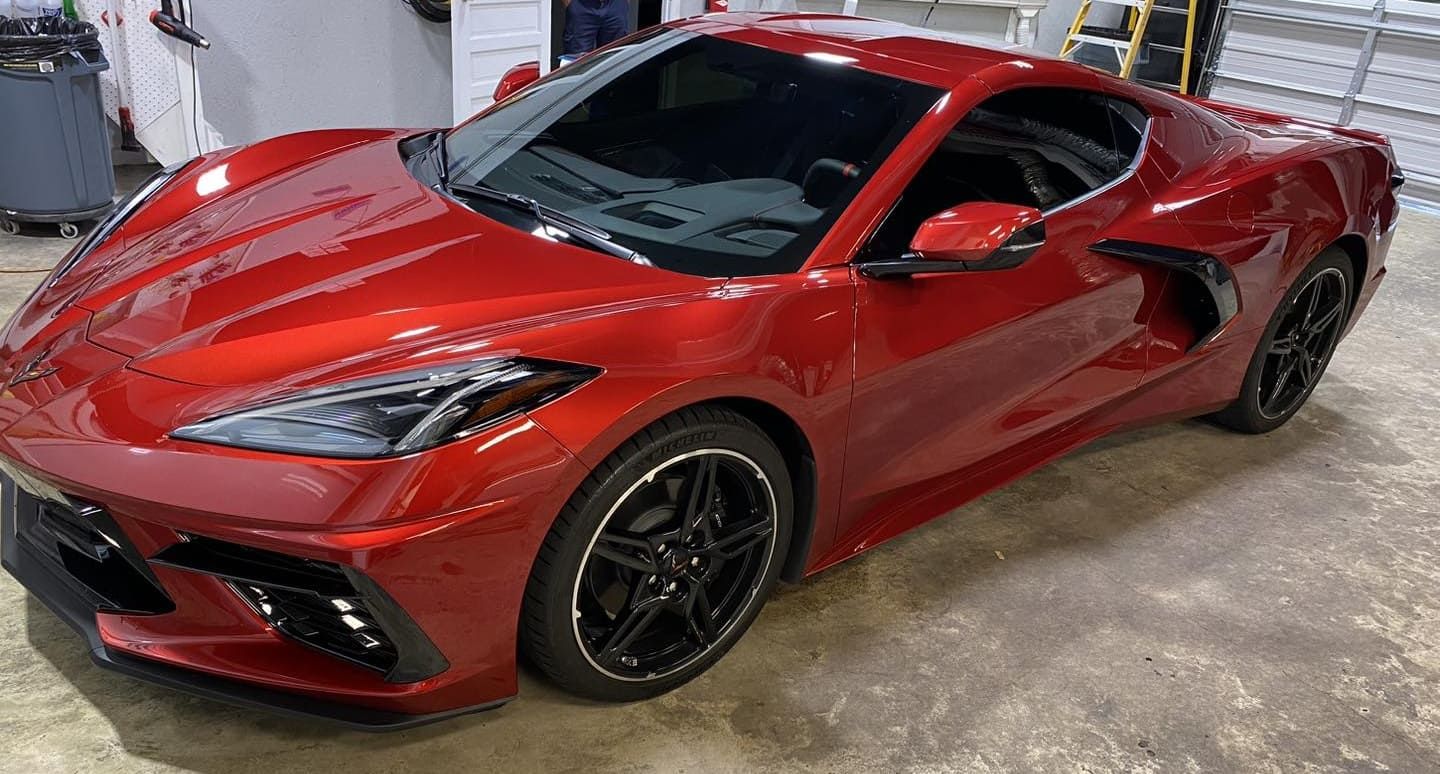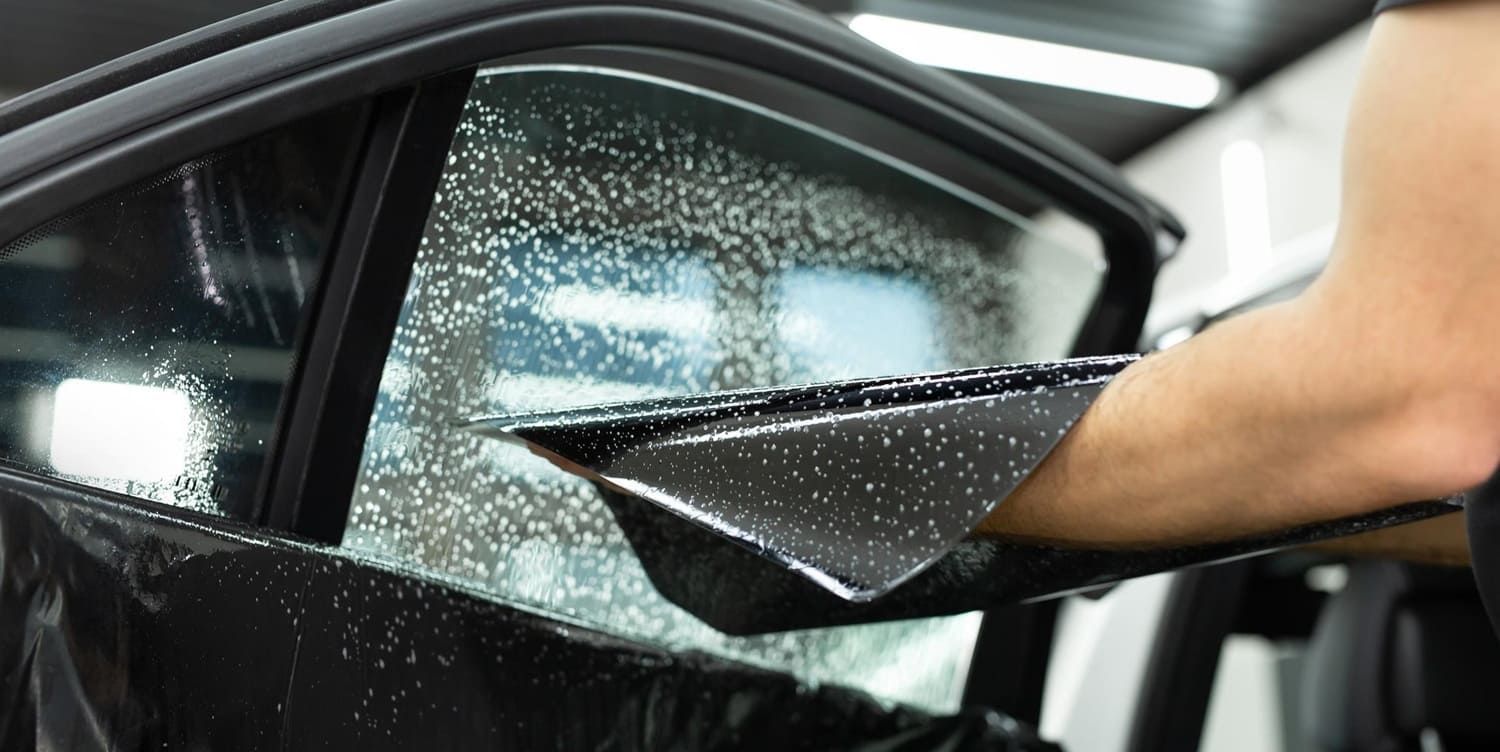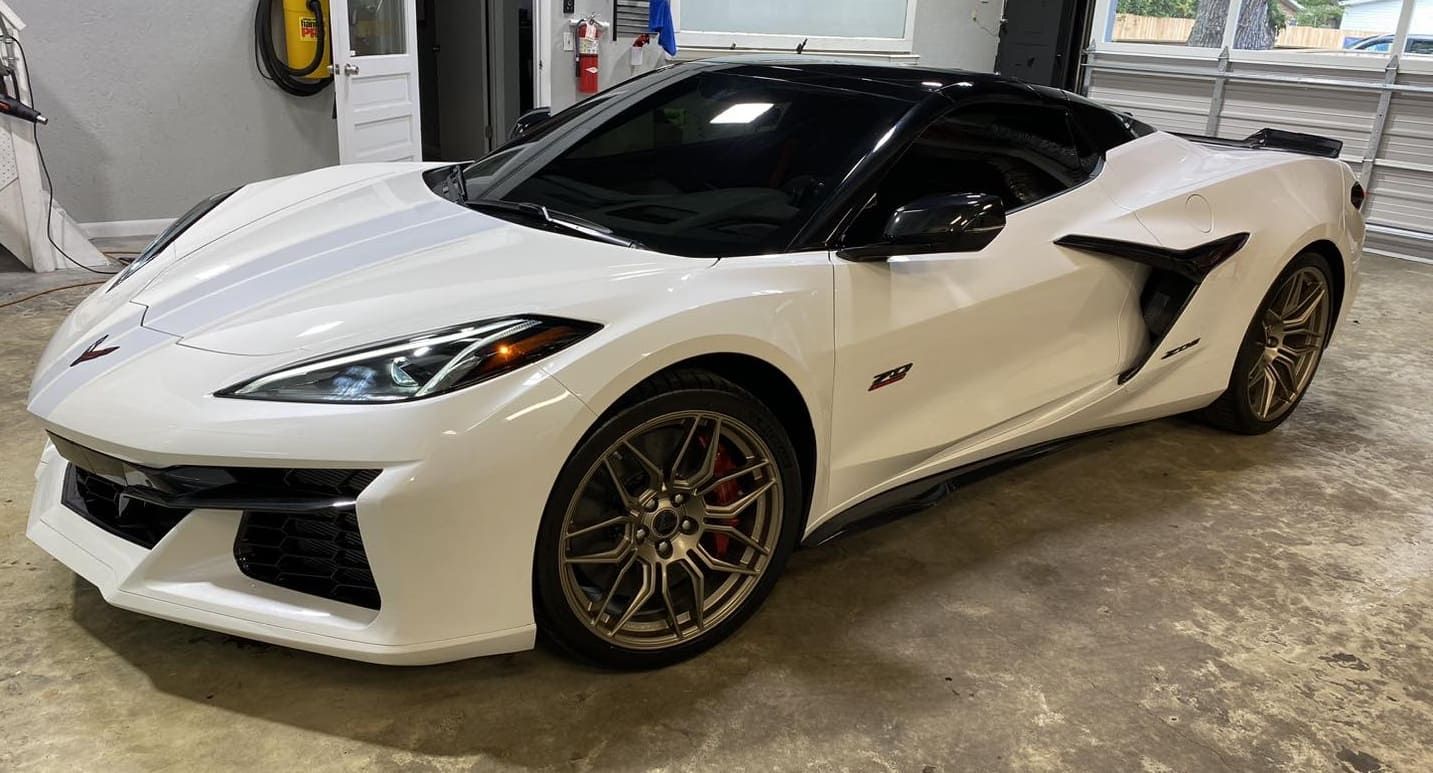7 Mistakes with Tinting Windows to Avoid for Car Owners
Tinting your car's windows properly requires knowing what can hinder your progress. Here are mistakes with tinting windows to avoid for car owners.
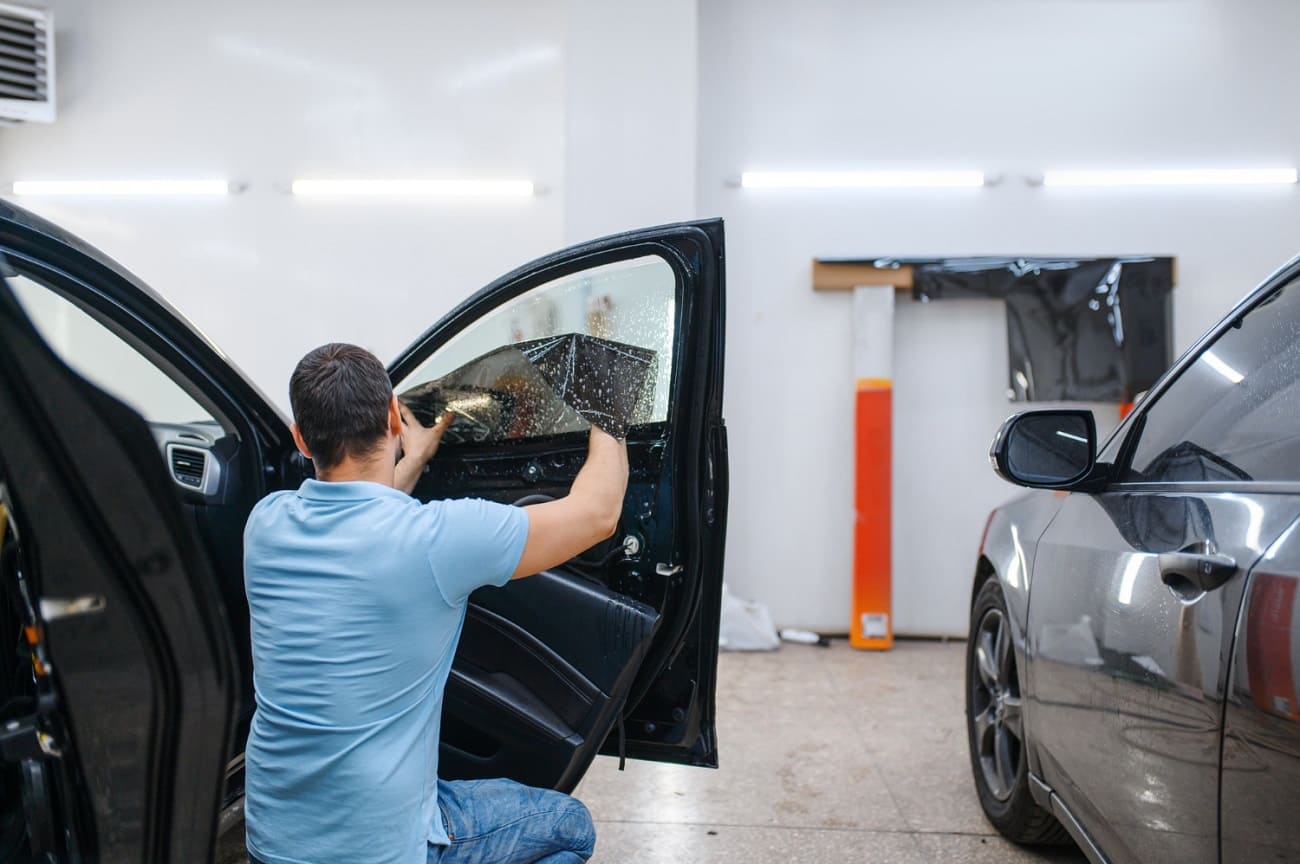
Thinking of getting your car windows tinted? If so, good call: tinting your windows does a lot more for your car than making it look "cool!"
First things first: what is window tint? Well, it's a thin layer of film usually installed on the interior of a car's windows. Like sunglasses, window tint provides privacy and reduces glare, which makes driving safer.
Window tint also protects you against harmful UV rays. These rays can penetrate transparent windows and cause health problems. Fortunately, using the right type of tint can make this issue disappear.
Want to avoid mistakes with tinting windows? This guide will help you identify them and let you know what to do instead!
1. Not Knowing Your Local Laws
Every state has its local window tinting laws. These may include regulations on the type of tint you can use and the windows you can apply it on.
Florida, for example, has quite specific laws on tint darkness. If you have a sedan, its rear windows must allow more than 15% of light in. For SUVs and vans, that requirement drops to 6%.
Florida is also strict about tint reflection. Front-side windows can't be more than 25% reflective, and back-side windows can't go over 35%. You're also not allowed to use special tints, though there are exceptions.
2. Choosing the Wrong Type of Tint
All types of window tints offer some benefits. However, some tint types are better at providing specific functions than others.
That's why tinting windows is all about your needs and concerns. Do you want to protect yourself from UV rays and make your car feel like less than an oven on hot days? If so, look for a tint that excels at reflecting heat.
Of course, reflective tints also tend to be more expensive. If you're mainly looking for privacy, focus on films with a high tint percentage. These tints are often more affordable and easier to install.
3. Going With the Cheapest Option
Speaking of the window tinting cost, it's never a good idea to opt for the cheapest option. The truth is, cheap tints are cheap for a reason.
For starters, low-budget tints aren't very durable. Many of these products will start to tear off after a few weeks of use. Do you really want to worry about the tint peeling off every time you roll down your window?
In general, it's best to treat window tint as an investment. A high-quality tint may be a big one-time expense, but it'll likely last for years. By comparison, replacing cheaper tints all the time may cost you more in the long run.
4. Applying the Window Tint Yourself
To an untrained eye, applying window tints may look simple. All you need to do is place the tint over a window and cut it up, right?
Not so fast! If you don't have at least some experience with applying tint, this DIY project is likely doomed. Chances are, you'll end up wasting some or most of your film or ruining your car's windows.
Even if the installation seems to go well, you may encounter problems later. For instance, a poorly installed film is more likely to bubble. Some bubbles go away in time, but some—especially larger ones—may remain.
If you want this job done right, leave it to professionals. You'll get better results and avoid having to replace your tint or windows. Of course, that's only true if you hire the right company, which brings us to...
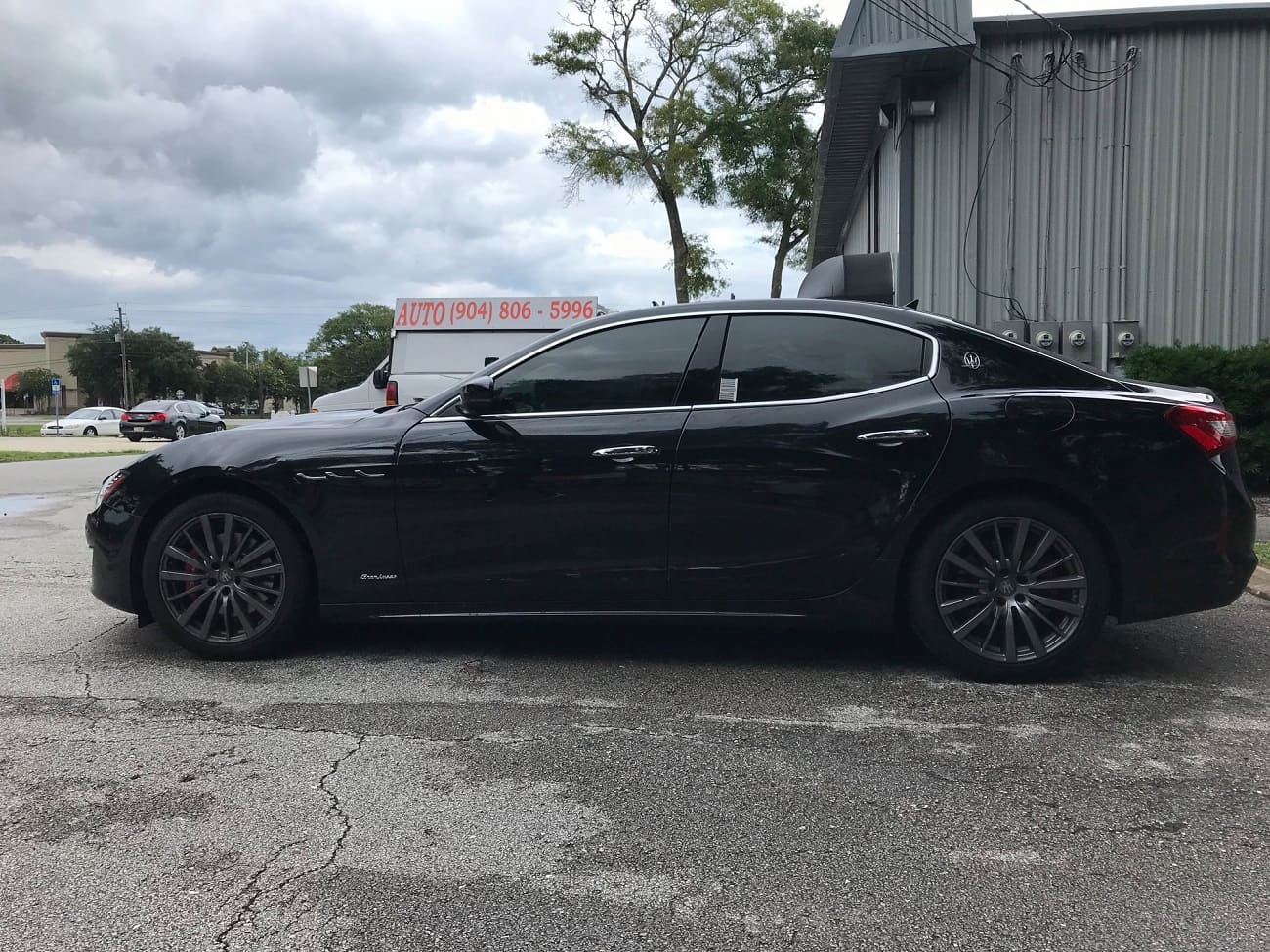
5. Hiring an Inexperienced Company
Many companies offer a window tinting service but don't specialize in it. It's usually a bonus for their main services, such as car repairs.
These companies can do the task well, but why risk it? It's much easier to ensure quality work by hiring a tinting specialist. These services know all the relevant laws and have the perfect equipment for the job.
When looking into companies to hire, focus on their experience. Check their reviews, both on their official site and third-party aggregators like Yelp. The Better Business Bureau is also well worth checking out.
6. Not Taking Precautions
Whether you hire a company to install tint or do it yourself, you should follow certain precautions. Otherwise, you may need to do it again soon.
First, your windows must be clean and dry before applying the tint. As the film sets over a glass, any blemishes will become visible. Dirty glass also has an unpleasant texture that will hasten the tint's wear and tear.
When the installation is complete, give the film a couple of days to dry and adhere to the glass. That's when the film will be at its most fragile, so it's important to do what you can to keep it in one piece.
During this period, it's best to keep your windows rolled up. Don't go to a car wash, as the rain and scrubbing can damage the film. Similarly, if you expect rain in your area, keep the car in the garage.
7. Not Getting a Warranty
If you're getting windows tinted by a professional, ask for a warranty. That may seem an obvious tip, but many car owners seem to neglect it.
A warranty proves that a tinting company is serious about its work. If a company doesn't offer a guarantee, they're likely not confident about the quality of their service. That's a major red flag!
Make sure to look at the warranty to see what it covers. A good warranty should involve protection against any damage, from peeling to bubbling. Ideally, it should also be valid for the life of your vehicle.
Avoid These Mistakes With Tinting Windows
All things considered, window tinting is one of the best things for your car. Of course, that's only true if you do the job right the first time. Read the above guide to find out what mistakes with tinting windows you need to avoid.
Interested in a professional car window tint installation or removal? At All About Tint, our experts can take care of all your tint-related needs! Get your free estimate right here!



